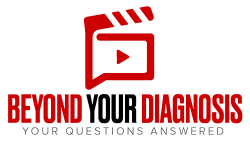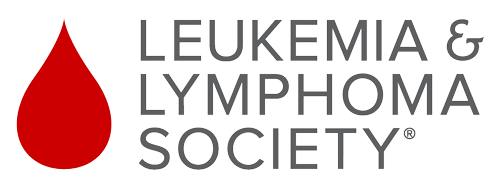When I was diagnosed with acute myeloid leukemia, I was informed I had a gene mutation. How do genetic mutations and chromosomal abnormalities form and how are they able to go back to normal after chemotherapy? Was this gene mutation caused by something I did?
- by Elissa B
from USA
Transcript:
Elissa B:
I was diagnosed with acute myeloid leukemia, or AML, at 34 years old and was told that my gene mutation was inversion 16. In other words, that my 16th chromosome was inverted. I asked if this was something I was born with and was told no.
I heard that people could acquire mutations throughout their lives, not just people who end up with cancer. How do genetic mutations and chromosomal abnormalities come about and how was it able to go back to normal after chemo? Could I have done anything to cause the mutation?
Dr. Michael Drazer:
Thank you for the question, Elissa, that’s a great question. I’m Michael Drazer from the University of Chicago. I’m an assistant professor of medicine here, and a member of our leukemia team.
Feighanne Hathaway:
I’m Feighanne Hathaway. I’m one of the genetic counselors in our cancer risk clinic.
Dr. Michael Drazer:
So, the physician that you were working with is correct in saying that this inversion 16 (inv(16)) is not something that you’re born with. This is something that happens during the course of people’s lives. As we just go about living our lives, we have something called a molecular or genetic clock. And what happens is every day that we live our lives, some changes happen to our DNA, most of the time they get fixed, without us ever knowing about them popping up.
But every once in a while, that can happen in just the right spot that they can lead to leukemia. And that’s what this inversion 16 in your 16th chromosome is. So, there’s not really anything that you could have done to cause this mutation, thankfully, so there’s no need to worry about, thinking “what if I had done this or that differently.”
And as people go through the treatment for leukemia, what we’re looking for is this particular DNA change in your 16th chromosome makes the leukemia grow more quickly. And we use that to our advantage. And we give you therapy, which illuminates a faster growing cells that are associated with leukemia.
So, when you get through the end of your treatment, and you have that bone marrow biopsy saying, okay, did the treatment work or not work? One thing we’re looking for is we want to see that that chromosome is back to normal, very similar to what you were born with. This is something that happens through the course of your life.
And Feighanne will talk about some of the things that can happen before you’re born in your DNA that can increase the risk for leukemia.
Feighanne Hathaway:
So, we’re all acquiring genetic mutations throughout our lives, but not all of them become cancerous. And the reason for that is because we have systems designed to protect us against getting cancer. Those systems are actually called tumor suppressor genes and DNA repair genes.
And we know about a dozen that are associated with certain hematological malignancies, off the top of my head, I can think of the most common one that we’ve seen associated would be BRCA2. A lot of people have heard of that one. And it’s a tumor suppressor gene that’s typically associated with breast and ovarian cancer, but it’s all also been seen in hem-malignancies, some of the other ones are CHEK2.
And in Dr. Drazer’s lab, he actually studies DDX41 (Dead-Box Helicase 41) and GATA2 as well as some other genes. But these are all genes that protect us against getting cancer. And if you’re born with a copy that is not working or has a mutation already, then you’re at higher risk for getting cancer, it doesn’t mean you will get cancer it just means that you’re a little bit higher risk for getting cancer. So, I hope that answers your question, Elissa. Thank you.
Dr. Michael Drazer:
Thank you for the question. That’s a great question that we get all the time.


